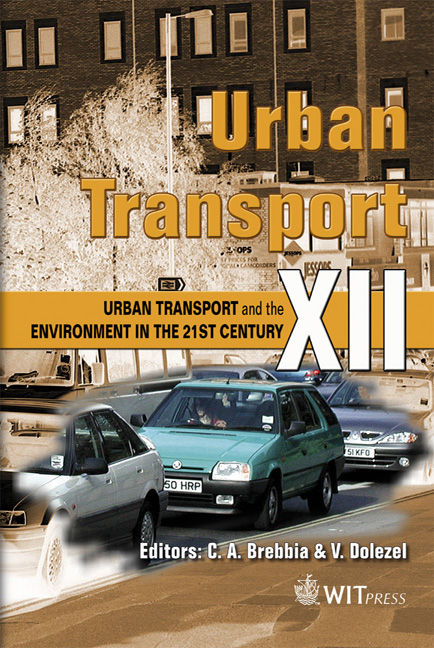Mobility Management: The Case Of A Large University Campus In Rio De Janeiro, Brazil
Price
Free (open access)
Transaction
Volume
89
Pages
10
Published
2006
Size
397 kb
Paper DOI
10.2495/UT060241
Copyright
WIT Press
Author(s)
D. S. C. P. Lemos, R. Balassiano, M. P. S. Santos & L. S. Portugal
Abstract
The objective of this study is to analyze and propose a set of Mobility Management strategies for the Campus of the Federal University of Rio de Janeiro, which is the largest federal university in Brazil. It comprises approximately 30,000 graduate and post graduate students and 10,000 teachers and academic and administrative staff. The university campus also contains some very important research centers such as the research centre of the Brazilian Oil Company (Petrobras) and the Brazilian Electrical Energy Company (Eletrobras). Transport mobility and supply problems are characterized by the following aspects: the university campus is located on an island with a reduced number of residents and road accessibility restrictions; the main access to the campus is through two main express ways connecting a number of municipalities of the Rio de Janeiro Metropolitan Region; within the island, the location of the buildings are very sparse, involving difficulties of accessibility and mobility for students and staff; shortfalls in the supply of inter- and intra-municipal mass transport facilities; the pedestrian and cyclist infrastructure leaves much to be desired, as well as the signposting; car use is very intense due to the problems related above. The methodology adopted is a questionnaire based field survey carried out in the parking where car users and passengers have been interviewed. Four different mobility management strategies groups have been identified as follows: information and marketing, transport system, land use, road infrastructure and parking area management. Keywords: Mobility Management, university campus, Rio de Janeiro, Brazil.
Keywords
Mobility Management, university campus, Rio de Janeiro, Brazil.





